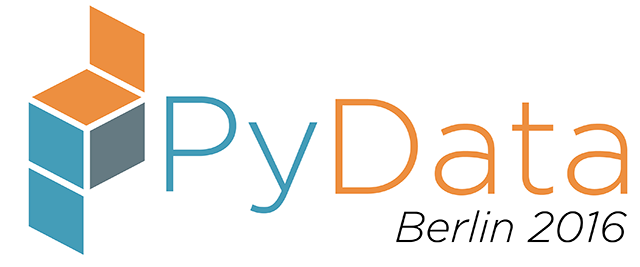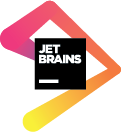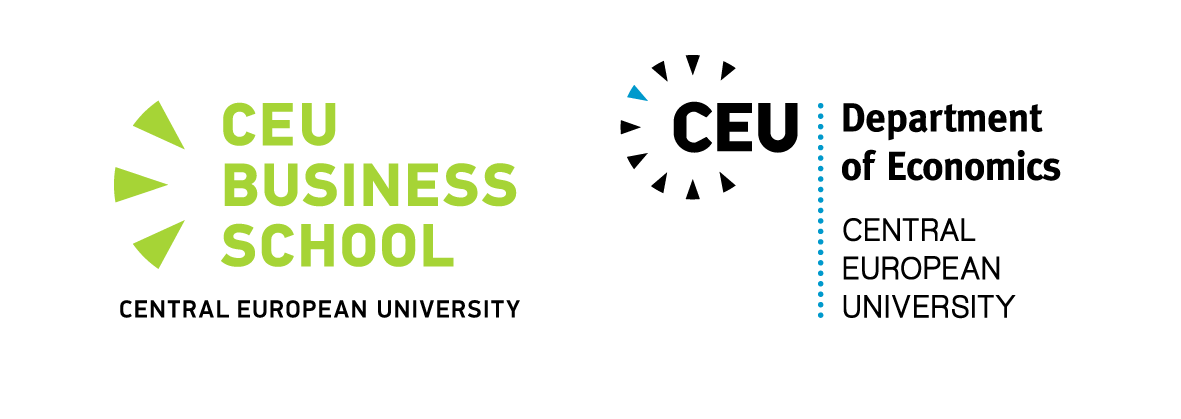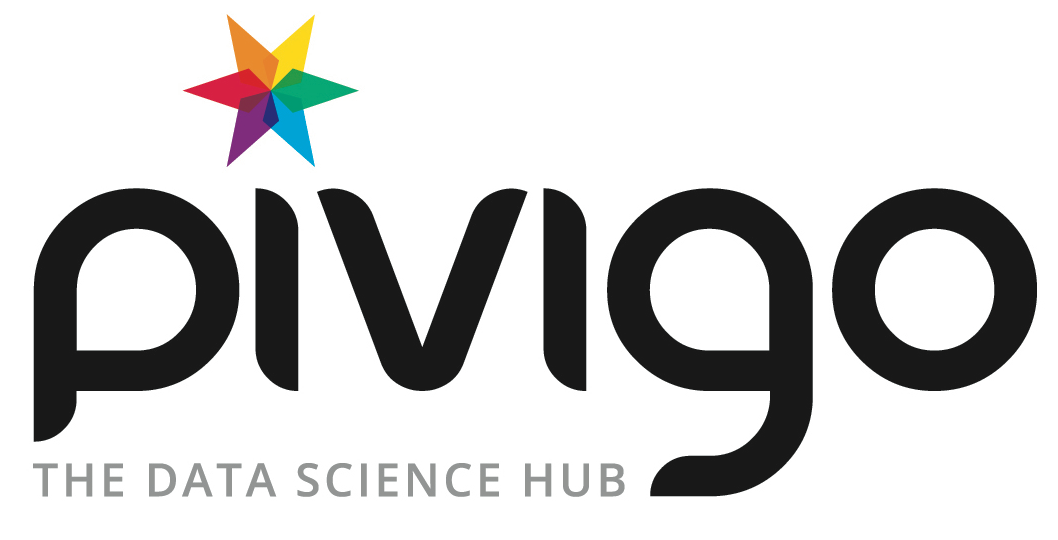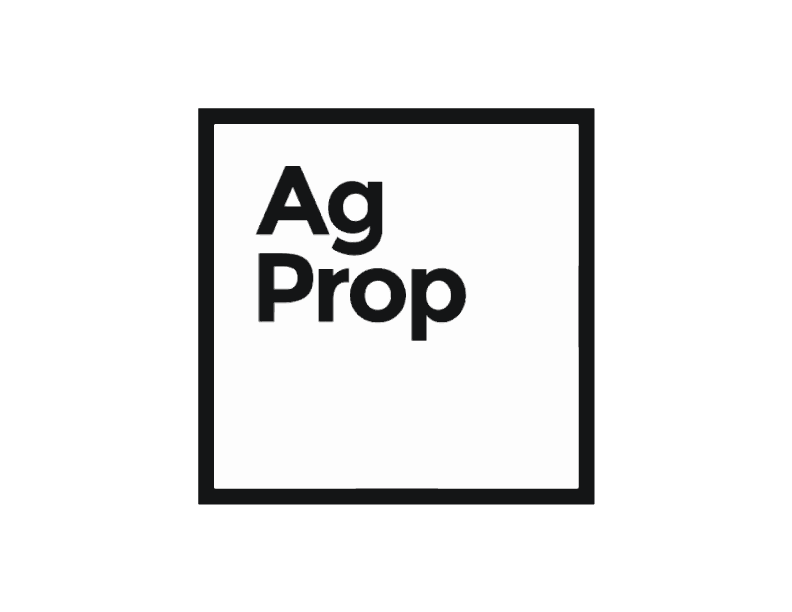Saturday 11:15–12:00 in Hall 4
Robot uses toddler-like self exploration for the development of body representations
Guertel Idai
- Audience level:
- Novice
Description
Can artificial childhood improve robot intelligence? For some animals, including humans, childhood experiences are crucial for the healthy development of the brain. We believe that robots can also benefit from having such an exploratory stage. By adopting biologically inspired developmental methods, we tried to train a neural network to develop body representations of a humanoid robot.
Abstract
The project is part of an attempt to study and improve a robot learning skills using developmental approach inspired by psychology research, which has the potential to allow more flexibility in uncertain environments. We focused on the development of body representations - orientation and movement. This ability has a crucial part in the mammalian sensorimotor and self perception systems. In infants,the process of acquiring body awareness involves active exploration of the sensorimotor space by babbling and self-touch. We tried using similar technics with the Nao humanoid robot. Using an artificial neural network, we believe the robot can develop and maintain a body schema that can also be used for recognizing unexpected situations such as external stimuli or body changes. We used different python tools, both for the activation of the robot and the analysis of the recorded data. Our main tool was Lasagne - a library used for creating feed-forward neural networks and train them using back propagation.
